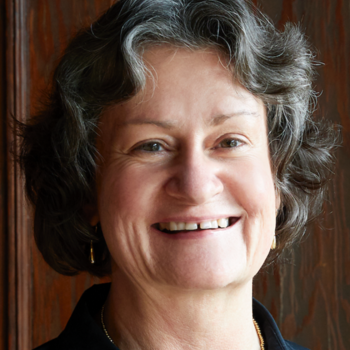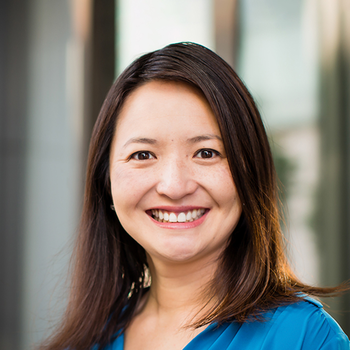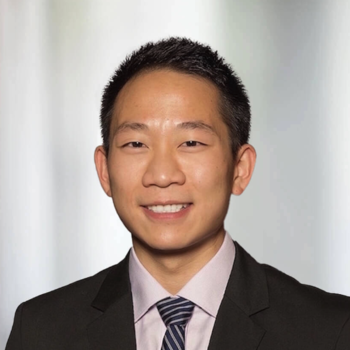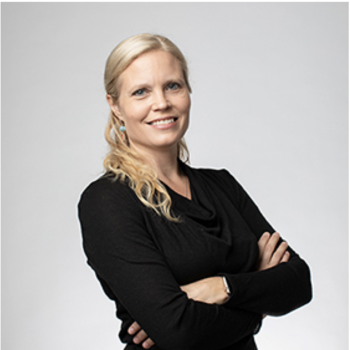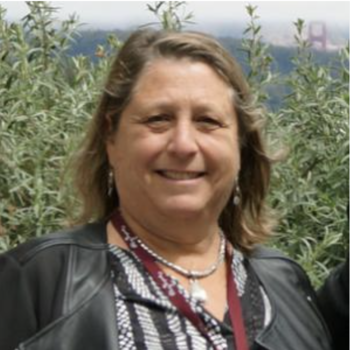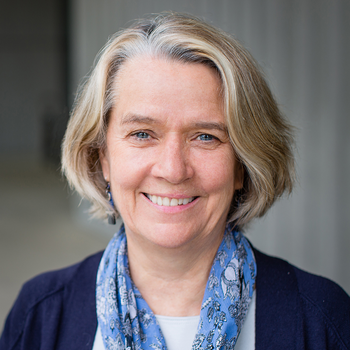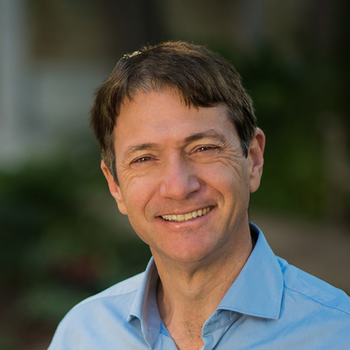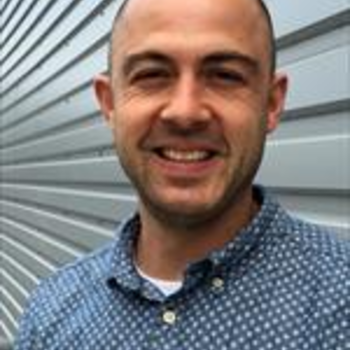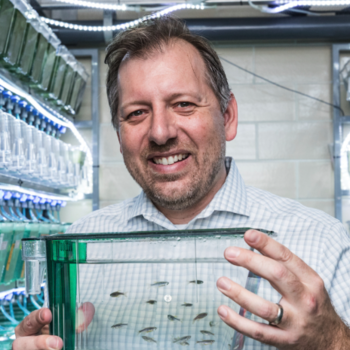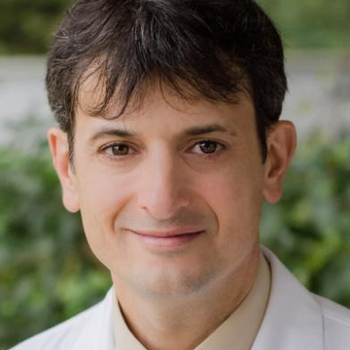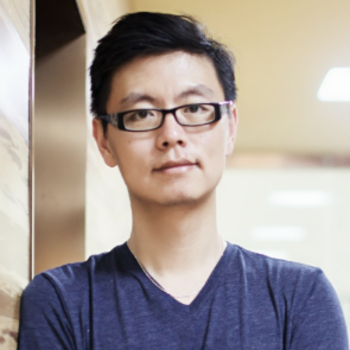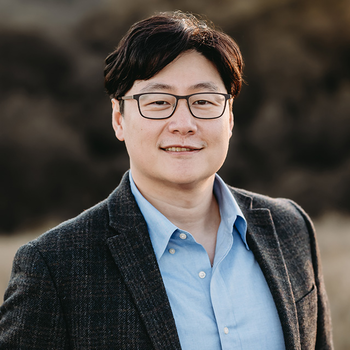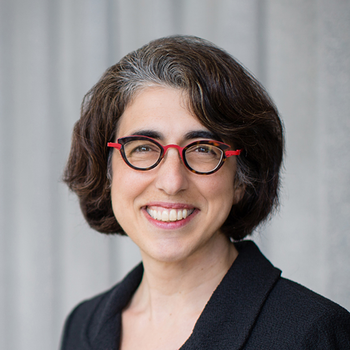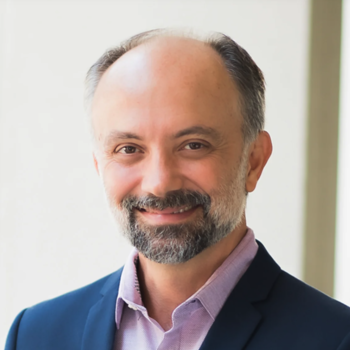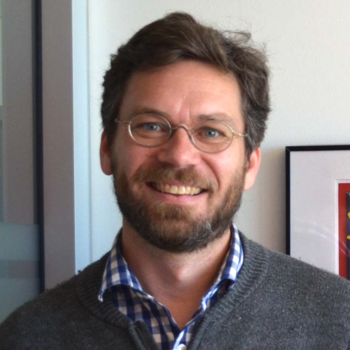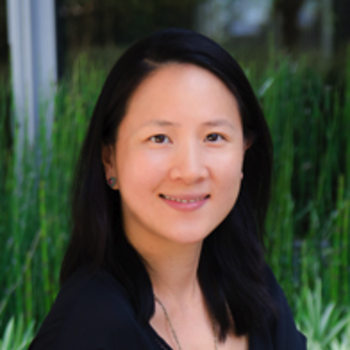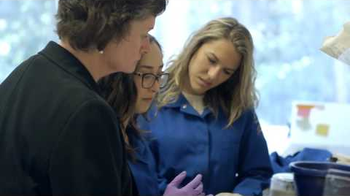The Center for Reproductive Sciences Overview
The CRS faculty crosses departments, and currently comprises basic science researchers and physician scientists drawn from the departments of OBGYN/RS, Pediatrics, Urology, Anatomy and Physiology, Biochemistry, Surgery, Epidemiology and Biostatistics, the General Clinical Research Center, the Cancer Center, and the Center for Regeneration Medicine and Stem Cell Research.
The faculty uses state of the art techniques to expand our knowledge of reproductive processes. Molecular, cellular and genetic approaches are used to address fundamental aspects of reproductive sciences, and results are translated to our understanding and treatment of reproductive disorders in the clinic. Each CRS member is dedicated to ethical scientific discoveries.
Principal investigators (PIs) within the CRS act as mentors for scholars in several University-based training activities including the Biomedical Sciences (BMS), Developmental Biology and Stem Cell (DSCB) and Tetrad graduate programs, the Molecular Medicine Program, two national NIH training programs—the Medical Scientist Training Program and the Women’s Reproductive Health Research Career Development Center, and a CRS NIH T32 Training Grant for postdoctoral fellows.



